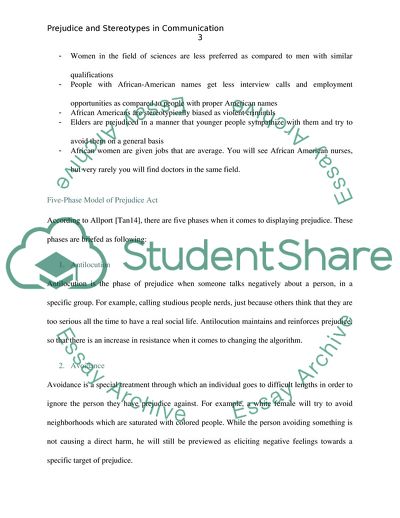Cite this document
(Stereotypes in Communication Essay Example | Topics and Well Written Essays - 2250 words, n.d.)
Stereotypes in Communication Essay Example | Topics and Well Written Essays - 2250 words. https://studentshare.org/journalism-communication/1868346-stereotypes-in-communication
Stereotypes in Communication Essay Example | Topics and Well Written Essays - 2250 words. https://studentshare.org/journalism-communication/1868346-stereotypes-in-communication
(Stereotypes in Communication Essay Example | Topics and Well Written Essays - 2250 Words)
Stereotypes in Communication Essay Example | Topics and Well Written Essays - 2250 Words. https://studentshare.org/journalism-communication/1868346-stereotypes-in-communication.
Stereotypes in Communication Essay Example | Topics and Well Written Essays - 2250 Words. https://studentshare.org/journalism-communication/1868346-stereotypes-in-communication.
“Stereotypes in Communication Essay Example | Topics and Well Written Essays - 2250 Words”. https://studentshare.org/journalism-communication/1868346-stereotypes-in-communication.


